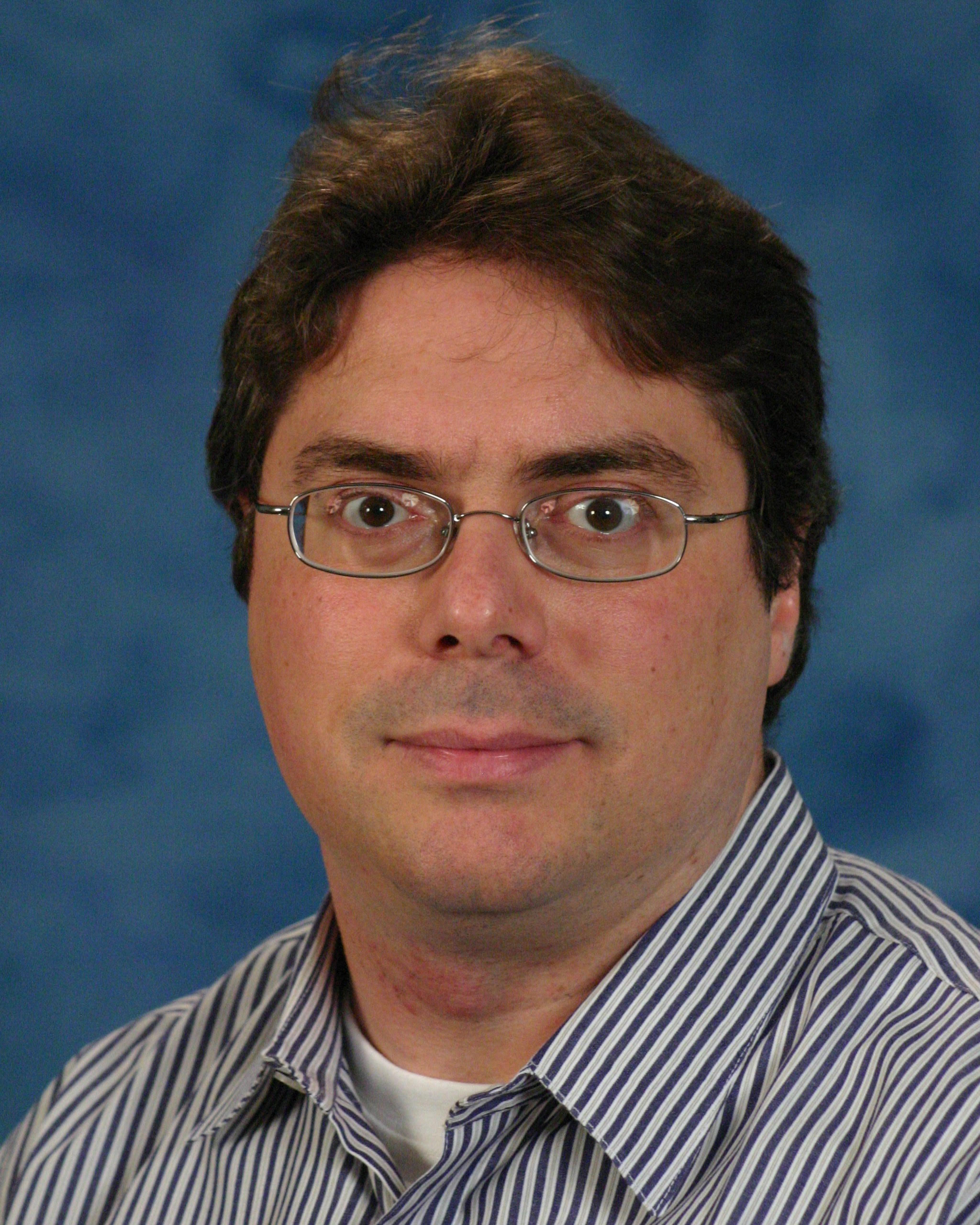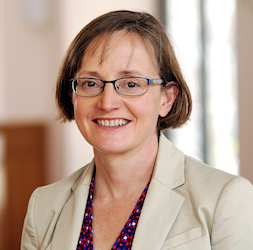Keynote Speakers

Dr. José Moreira
Distinguished Researcher
IBM Research
Speaking June 28, 2022 at 9:00-10:15 EDT
José E. Moreira is a Distinguished Research Staff Member at the IBM Thomas J. Watson Research Center. He received a B.S. degree in physics and B.S. and M.S. degrees in electrical engineering from the University of Sao Paulo. He received a Ph.D. degree in electrical engineering from the University of Illinois at Urbana-Champaign. Since joining IBM in 1995, Dr. Moreira has worked on a variety of high-performance systems, including two ASCI systems (Blue Pacific and White) and the Blue Gene/L supercomputer, for which he was the System Software architect. Dr. Moreira has been responsible for various architectural and micro-architectural innovations in the three most recent generations of POWER processors. He conceived the POWER10 matrix unit, the first of its kind in a commercial processor. Dr. Moreira is a Fellow of the IEEE (Institute of Electrical and Electronics Engineers) and a Distinguished Scientist of the ACM (Association for Computing Machinery). Contact him at jmoreira@us.ibm.com.Keynote Talk: The Rise of Matrix Processing
For the last 50 years, vector processing has been the technique of choice for improving performance of important computations. Once a unique feature of the world's top supercomputers, vector processing is now ubiquitous throughout the spectrum of computing systems. This is all the more remarkable since vector processing does not inherently offer any advantage in computational intensity over scalar processing. Multiplying two n-element vectors produces one operation per pair of input elements, just like multiplying two scalars. During the past few years we have seen the rise of a truly different form of computation, matrix processing. Consider the outer-product of two n-element vectors, which produces n^2 operations. This example of matrix processing has a fundamentally different computational intensity, that scales with the size of the vectors. Recent GPUs and now some CPUs are being augmented with dedicated matrix units that can perform some of these matrix computations directly. Matrix processing will not replace vector processing any more than vector processing has replaced scalar processing. Instead, it will open new ways on how computations are performed and create new opportunities for high-performance computers to make even deeper impacts on human activities. In this talk, we will revisit some of the fundamentals of matrix processing, and describe existing systems with matrix units, such as the IBM POWER10 processor, and compare with other processors that are expected in the market soon. We will also discuss matrix processing in GPUs, which has become very popular, and explore what the near future holds for this powerful new computing model.
Dr. Margaret Martonosi
Hugh Trumbull Adams '35 Professor of Computer Science, Princeton University
Currently serving as Assistant Director for Computer and Information Science and Engineering (CISE) at NSF.
Speaking June 29, 2022 at 9:00-10:15 EDT
Margaret Martonosi leads the US National Science Foundation’s (NSF) Directorate for Computer and information Science and Engineering (CISE). With an annual budget of more than $1B, the CISE directorate at NSF has the mission to uphold the Nation’s leadership in scientific discovery and engineering innovation through its support of fundamental research and education in computer and information science and engineering as well as transformative advances in research cyberinfrastructure. While at NSF, Dr. Martonosi is on leave from Princeton University where she is the Hugh Trumbull Adams '35 Professor of Computer Science. Dr. Martonosi's research interests are in computer architecture and hardware-software interface issues in both classical and quantum computing systems. Dr. Martonosi is a member of the National Academy of Engineering and the American Academy of Arts and Sciences. She is a Fellow of the Association for Computing Machinery (ACM) and the Institute of Electrical and Electronics Engineers (IEEE).Keynote Talk: The Computing and Information Science and Engineering Landscape: A Look Forward
The United States National Science Foundation (NSF) supports a majority of US academic research in the Computer and Information Science and Engineering (CISE) topic areas. A long-time computing researcher herself, Dr. Margaret Martonosi is now serving a 4-year term leading the NSF CISE Directorate, and stewarding the CISE directorate’s $1B+ annual budget on behalf of research, education, workforce and infrastructure funding in CISE topic areas and for science as a whole. In this talk, she will discuss key technical themes for the field, and how CISE is developing programmatic opportunities to advance research related to them. She will particularly note how ICS topic areas relate to these technical priorities. More broadly, she will discuss CISE and NSF in the context of the global research efforts, and our approach to industry and international research partnerships.
Dr. Chris R. Johnson
Distinguished Professor of Computer Science
Founding Director, Scientific Computing and Imaging Institute
University of Utah